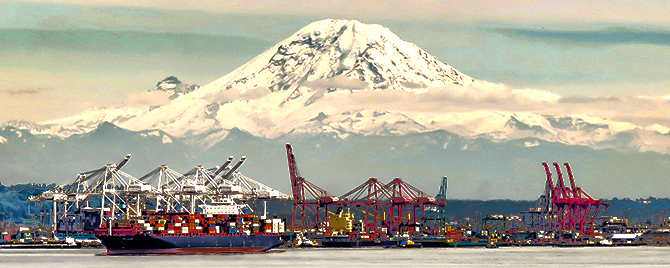SF Fed Blog
-

The Bumpy Road towards Renminbi Internationalization
A more volatile exchange rate and dampened growth expectations for the Chinese economy have halted, and in some cases led to reversals in, the renminbi’s path towards becoming an international currency.
-

Japanese Investors Go Abroad with Borrowed Foreign Currency
A half-year into the Bank of Japan’s experiment with negative interest rates, there are growing signs of unusual market activity in Japan, with yields on even long-term government debt going negative and ever-increasing overseas investment. Amid a breakdown in longstanding financial relationships that previously allowed international investors to hedge currency risk cost effectively, Japanese investors are increasingly funding their overseas portfolios with foreign currency debt to minimize foreign exchange risk.
-

Fixing Taiwan’s Crowded Banking Sector
Taiwan has a large number of banks relative to the size of the domestic market, leading to unhealthy types of competition and low levels of profitability. Authorities are trying to solve the problem by promoting bank mergers and international expansion.
-

China’s Bond Market: Larger, More Open, and Riskier
China’s bond market has grown rapidly in recent years and it is becoming more open to foreign investors. At the same time, an increasing number of bond defaults indicate that the bond market is becoming riskier.
-
Boosting the Power of Youth Paychecks: Integrating Financial Capability into Youth Workforce Programs
For many lower-income youth, a first paycheck represents an important opportunity to enter the financial mainstream, avoid costly predatory financial services, and establish positive financial behaviors and attitudes. The MyPath Savings program shows positive, scalable results that support low-income working youth as they bank, save, and build their financial confidence.
-

How Does China’s Slowdown Impact the United States?
How big a concern is China’s slowdown for the U.S. economy? This blog reviews financial and trade linkages between the two countries to explore possible transmission channels. At least for now, the overall direct impact appears to be limited, although U.S. exposure to China is growing.
-

How Modernizing India’s Payment System can Drive Financial Inclusion
India’s heavy reliance on cash has wasted resources and limited financial inclusion, leaving nearly half the population without a bank account. In response to this problem, the government has introduced policies to promote non-cash payments, provide hundreds of millions of new payment-capable accounts to the unbanked, and encourage new technology and innovation throughout the banking sector. The combined effect of these efforts could have a major impact on economic welfare and financial inclusion in the coming years.
-

The Global Impact of Chinese and Japanese Economic Growth
Thirty years ago, Japan was growing so quickly that some predicted it would overtake the United States, while China’s economy was small and closed. Much has changed. China has overtaken Japan as the world’s second largest economy, but as China shifts to a “new normal” of lower growth, observers are increasingly concerned that it may no longer serve as the world’s economic engine. Meanwhile, proactive Japanese economic policy has renewed interest in Japan’s prospects.
-

Korea’s Shipbuilders and Lenders Navigate an Oil Storm
Persistent overcapacity, high inventories, a strong U.S. dollar, and global economic uncertainties have had a substantial impact on oil prices. In response, oil companies have slashed capital expenditures, leading to significant losses at South Korean shipbuilders exposed to oil rig construction. In anticipation of further losses on their shipbuilder exposure, Korean banks have been increasing their loan loss provisions to shore up their allowances and are reporting a considerable impact on earnings.
-
The Color of Wealth in Los Angeles
With the demographic shifts already underway in California and across the nation, recognizing and understanding wealth disparities is a step toward building financial stability and net worth among all communities, including communities of color.